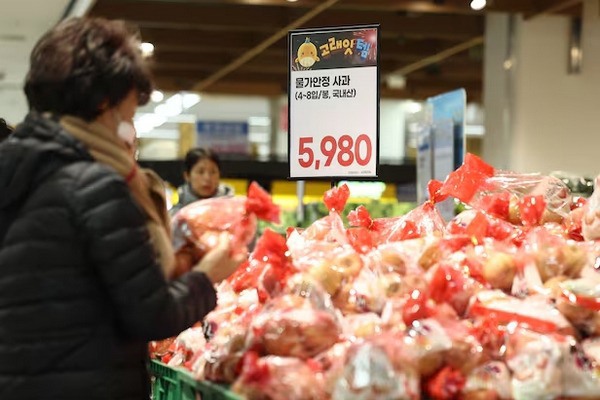In response to the near doubling in prices of key agricultural commodities such as napa cabbage and radishes ahead of the Lunar New Year, the South Korean government is poised to unveil price management strategies aimed at stabilizing these escalating costs. The Korea Agro-Fisheries & Food Trade Corporation (aT) has highlighted a noticeable uptick in the retail prices of these vegetables, with napa cabbage experiencing a 58.9% surge from the previous year, reaching 5,027 won, and radishes seeing a 77.4% increase to 3,206 won each.

Attributed to adverse weather conditions, including last summer's heatwave and prolonged warmth until Chuseok, as well as heavy rainfall in Jeju's winter radish production zones, the supply of these vegetables has been significantly impacted. The early shipments of napa cabbage and radishes for the kimjang season are also considered a factor in price inflation. Meanwhile, the price of pears has risen by 24.6%, while the cost for 10 apples (Fuji) has seen a slight decrease of 10.2% compared to the previous year.
Conversely, prices for onions and potatoes have seen reductions of 11.7% and 14.6% respectively, with the price of peeled garlic remaining steady. Strawberry prices remain elevated at 2,542 won for 100 grams. The retail price for grade 1 beef sirloin holds at 9,512 won for 100 grams, with pork belly prices increasing by 8.5% to 2,649 won.
To counteract these fluctuations, the government's impending price management measures will include bolstering the supply of seasonal products like apples and beef to unprecedented levels for the Lunar New Year season and facilitating larger-scale discount events.
Source: ChosunBiz










